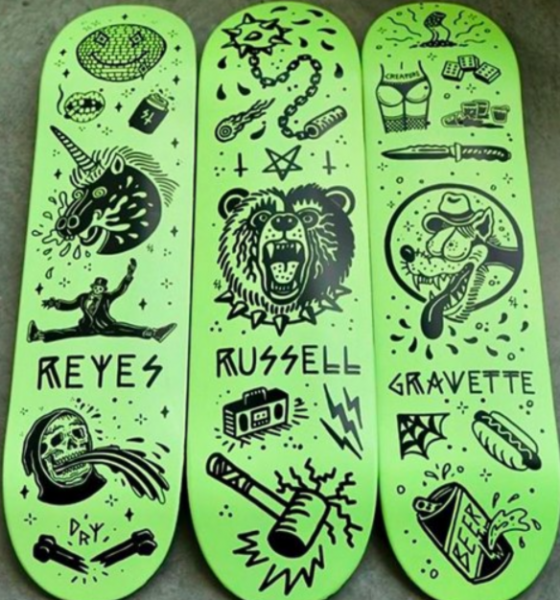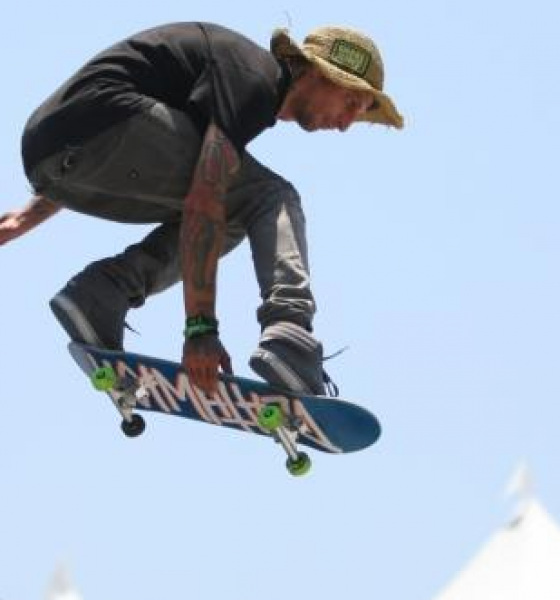Longboarding, much like it’s cousin skateboarding, can trace its roots and conceptual origins from surfing. Hawaiian surfers made longboards to ride when the surf was low, or in bad conditions, this is where the famous phrase “surfing on pavement” came from since the rolling motion of a board on wheels mimicked the ride of a surfboard on a wave. Plus that feeling of carving up and down the street still brings out the same stoked feeling you get from surfing, and the stoke is what it’s all about.
In the early days of its coming, longboarding did not gain much popularity compared to skateboarding. Even when skate competitions featured divisions for downhill and slalom races, traditional skateboarding still captured everyone’s eyes. Things turned around for longboarding with the introduction of urethane wheels. With these “rubber-like” wheels, skaters were able to reach higher speeds downhill, and perform more versatile turns and maneuvers. Even snowboarders started to longboard during the warmer seasons.
Longboards then evolved to longer and wider designs. Even the equipment evolved to bigger and wider, wheels and trucks, and the invention of the reversed kingpin for trucks which gave a smoother ride. With the evolution of bigger and wider boards, wheels and trucks, the cut-out board was invented. This longboard design came about by cutting the longboards’ edges that were directly over the wheels. This came naturally with bigger wheels because when turning, these would come in contact with the board and then suddenly stop your ride midway.
At this point, longboarding became a legitimate sport with the International Gravity Sports Association as its governing body. International competitions of downhill and slalom racing, and even downhill freestyle, were held regularly for professional longboarders. With this growth in popularity longboarding made its come-back into the board sports community. Since the sport was like the underdog of skateboarding, more “pop-up” competitions (also referred to by longboarders as “outlaw races”) were held by small local communities around the globe.
Today, longboarding has developed into several sub-branches with small, but die-hard groups of followers and skaters. These include downhill speed racing, slalom, free riding, dance, long distance pushing or commuting, technical hard-wheel sliding, and a handful of renegades who brave the large bowls, ramps and similar mediums usually associated with their smaller cousin. It all depends on the longboarders preference and style of riding.






